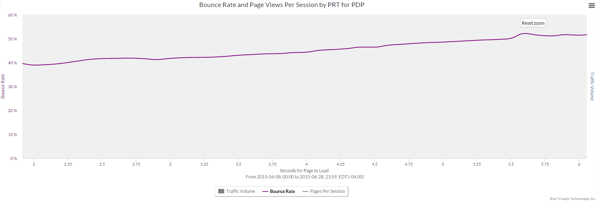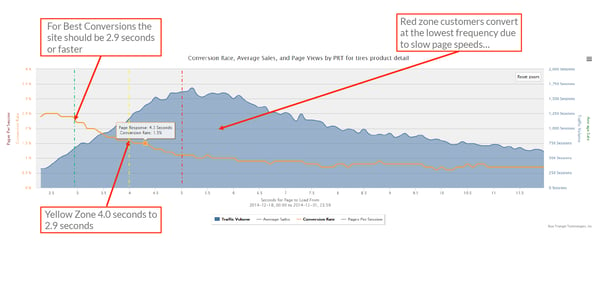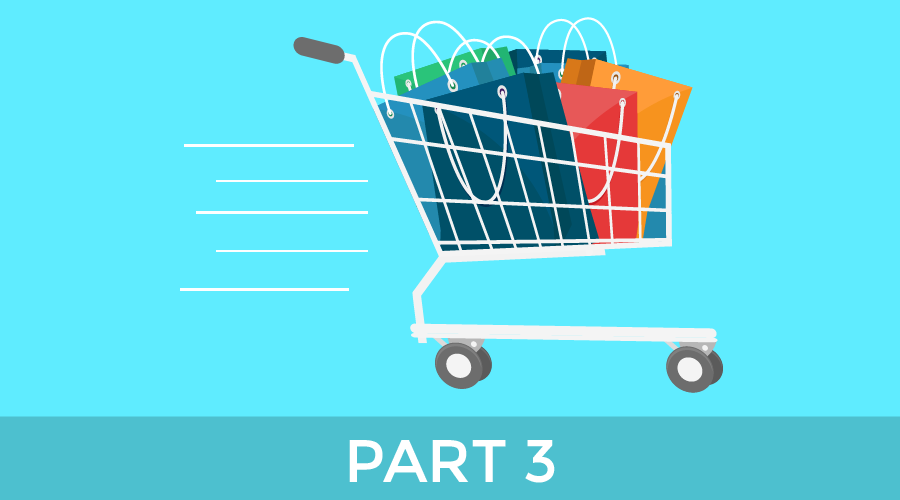Preparing for the Holidays – Part III: The Move from General to Strategic Web Optimization
Researchers at Google determined that when a page loads in less than 100 milliseconds, the response feels instantaneous. This is because the visual sensory memory processor in our brain only handles 100 milliseconds at a time. After this amount of time, the Occipital lobe in our brain (visual processing center) stops storing sensory memory and begins receiving information from the eyes. So, how does this quick neuroscience lesson relate to eCommerce site optimization?
Page Speed Impacts Buyer Behavior
Whether your shoppers are looking to download freeware, sign up for an email list, or buy a new pair of flip flops, their likelihood of conversion is directly related to the time it takes for them to load pages on your site.
Forty-seven percent of internet users expect page load time to be 2 seconds or less, and according to Blue Triangle's data, roughly 45% of users abandon most sites if their landing page is slower than 4 seconds. (see graph below)
It is important to note that each site is different in regard to how page speeds impact conversion rates.

For eCommerce retailers, cart abandonment is one of the most serious issues plaguing the industry. Imagine walking into a clothing store and seeing 2/3 of shoppers tossing their clothes on the floor and walking out. In the same way, Baymard Institute’s research shows that 67.45% of online shopping carts are abandoned. Some of the reasons why shoppers say they leave without paying are that they were presented with unexpected costs or found a better price elsewhere. But oftentimes, page load time is the deciding factor whether shopper knows it or not. According to Unbounce, one in every five shoppers leave your site if your pages are too slow. What can you do to avoid this mess?
Optimize. Optimize. Optimize.
There are many ways to optimize your site that will decrease load times and increase conversions. We listed a few general surface-level solutions in a previous blog post, but here are a few that are more strategic:
Infrastructure Changes
Reducing or eliminating server redirects and base page response time will increase conversions. If your base page response time increases, it may be indicative of server delays that need to be addressed and remediated.
Content Delivery Network (CDN) Maximization
If you do not have a CDN, you’re going to need one, especially if you have an eCommerce site with lots of dynamic content. A network of servers that carry your site’s content is vital in a geographic sense as content can be delivered to an end user from a closer server – decreasing overall page load time.
FEO Treatments
Consider your current treatments and ask yourself: Are you looking at your conversion rate curve to see which pages need to be faster? Google’s Steve Soulders states: “80-90% of the end-user response time is spent on the front-end. Start there.” Therefore, you need to understand which pages need to be treated relative to how well they convert. Akamai has an excellent FEO service.
Optimizing Content Dynamically
eCommerce sites that are optimizing content in real time are winning. Blue Triangle has the ability to identify slow users at risk of not converting, connecting to your back-end systems so you can dynamically serve up faster pages to those slower shoppers.

The Big Move
Moving from general to strategic web optimization is vital for any eCommerce retailer. If you need to speed up your site to increase conversions, you need to know which specific pages need to be optimized so you don’t waste money focusing on the wrong things. It is important that you optimize your content dynamically so that you can be strategic with optimizations.
Have a business case for investing in web performance with Blue Triangle.

During the holiday rush, every shopper matters
Optimize the customer journey before the eCommerce event of the year.

.jpg)


